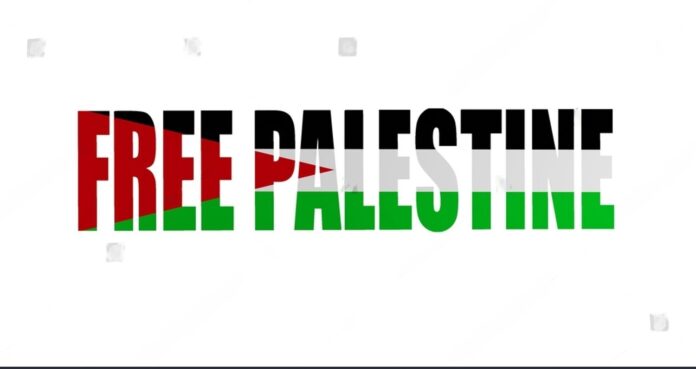The call for a Free Palestine is at the heart of this complex clash, a demand rooted in the Palestinian people’s desire for justice and the right to live in peace continuing the struggle for free Palestine.The Israeli and Palestinian clash has been a long-term and deeply rooted issue, spreading over decades and causing great suffering to Israelis and Palestinians..In this article, we will search through the history of the clash, the critical issues at war, and the in-progress efforts to achieve a free and just Palestine.
A Historical Overview:
The Israeli and Palestinian clash began in the early 20th century with the political and territorial discussions arising during British rule in Palestine. The conflict increased in 1948 when the State of Israel was established, which led to a withdrawal of Palestinians from their homes, an event known as the Nakba. This event marked the beginning of the movement and suffering of the Palestinian people.
Key Issues:
Occupation and Agreement:
A central issue in the Israeli and Palestinian clash is the Israeli occupation of the West Bank and the Gaza Strip. The construction of Israeli settlements in these areas has been a source of conflict, as it is seen as a violation of international law and a significant block to a two-state solution.
Right of Return:
Another fundamental issue is the right of return for Palestinian refugees displaced in 1948 and following conflicts. Many Palestinians demand the right to return to their homes and lands, while Israel is concerned about its analytical strategy if all Palestinian refugees are allowed to return.
Jerusalem:
Jerusalem (holy city) ‘s status is compassionate and controversial. Both Israelis and Palestinians consider Jerusalem their capital. East Jerusalem, occupied by Israel in 1967, remains a central point of the conflict.
Security Concerns:
Ensuring security for Israelis and Palestinians is vital. Both sides have suffered from violence and terrorism, and a detailed peace agreement must address these concerns.
Constant Efforts for a Free Palestine:
The international community, including the United Nations and many human rights organizations, has always advised a two-state solution as the most possible path to peace. This solution involves the establishment of a Palestinian state parallel to Israel, with defined borders and realizing each other’s right to exist.
Political Initiatives:
Political negotiations have been conducted between Israeli and Palestinian over the years to reach a two-state solution. However, these talks have often failed due to a lack of trust, political pressures, and a range of undecided issues.
Grassroots Movements:
The Boycott, Hardships, and Punishments movement is a global campaign to pressure Israel to change its policies toward Palestinians. The movement encourages boycotts and Hardships from companies and institutions linked to the Israeli occupation.
International Unity:
Supporters of the “Free Palestine” movement gather support and unity from individuals, organizations, and governments worldwide. Rallies, demonstrations, and public awareness campaigns highlight the ongoing struggle for Palestinian rights.
Conclusion
The call for a “Free Palestine” represents the desire of the Palestinian people for justice, self-determination, and a life free from the hardships of occupation and clash. The path to a peaceful and just resolution is complex and requires compromise, negotiations, and a commitment to respecting Israelis’ and Palestinians’ rights and security.
Achieving a free Palestine ultimately focuses on finding common ground, addressing the main issues of the conflict, and working toward a forever two-state solution. The international community plays a vital role in supporting these efforts, and it is compulsory for all parties involved to prioritize dialogue cushions and compromise to secure a future where Israelis and Palestinians can live peacefully and with honor
VISIT: Infomagzines















